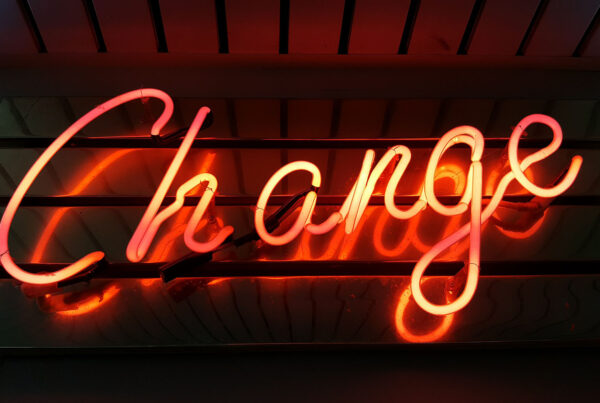As email marketing strategies grow in sophistication marketers are looking to tailor their campaigns to specific groups of clients to achieve their brand goals. And timing really matters. What’s more, recent research done by Strong Mail reveals that emails which arrived within certain time parameters increased engagement by 54.6% and revenues by 33%.
Transactional and other triggered emails are some that require specific timing. Marketers acknowledged that the type of campaign determined the best time to send it out. For instance, promoting yoga classes would differ from trying to encourage your customers to come to a family event. According to studies, not only the day of the week counts but also specific hour and even specific minute. Nearly half marketers expect a particular customer action only one minute after a campaign’s delivery. They believe response rates began to drop off rapidly after email deployment, with one-quarter reporting a considerable decrease in conversions after six hours or even less, including 6.5% who noted a big difference after just two hours.
Fly by plane on Tuesday, send email campaign on…?
A recent survey of more than a billion airfare searches revealed that if you want to get the best price you should arrange an international flight 34 days before your departure. It has been proved that short international flights are 21% less expensive when you leave on a Tuesday and return the following week on Wednesday. But what about e-mail campaigns? Is there any best practice which advises you on the best day or hour for sending a campaign in order to get the best results? Unfortunately, there is not one right recipe. Nevertheless, there are some rules which can help create a successful campaign.
Some rules to help create a successful email campaign
Plan your campaign.
Really “dig” into your email database and thoroughly identify your target audience. It is important to classify them, understand their email usage behaviour and respond accordingly. You should consider the demographics of your audience – who they are, what work do they do, how do they live and behave.
Segment your audience.
It is highly probable you may discover more than one target group with different requirements. Therefore, it is advised to prepare specific offers for each selected audience. The better your targeting, the more chances your campaign will be successful. Nearly 80% of emails fail due to the wrong targeted list.
Subject line is king.
In order to attract the attention of your recipient and encourage them to open the email, having an interesting, eye-catching subject line for your email is key. The reason is simple – it is the first thing your customers will see when they come to a decision about which emails to read and which to junk. The subject line should be simple, personalised and advise the reader what to expect inside. As this is such an important factor to the success of an email campaign it’s also recommended that you test different subject lines for their open rates. Let the data determine the best subject line not the HIPPO (Highest Paid Person’s Opinion!)
Content is queen!
If the subject line is King – to get the email open. Then the actual content is queen! (or perhaps a second king!) … Personalised, clear and relevant messages to your target audiences with a clear call to action is a must.
Be creative with your email marketing.
Don’t forget about creative design in terms of aiding the communication. Use creative to help reinforce the required messages and call-to-action. Sometimes it is more beneficial to outsource to a third party. Oh hello Feelingpeaky!
Send the campaign at the best time.
Using knowledge of your audience and their behaviour try choosing the best time for delivering a campaign. Data from various sources do tend to contradict in places. That said, there are distinct areas of opportunity in which to send emails if you want to achieve the highest open rate and maximize your readership and visa versa.
- Good: Noon – 2pm: During this time the open rate tends to grow as people are more likely to be interested in promotional offers whilst surfing during their lunch break.
- Bad: 10pm – 6am: Lots of emails sent during this time are ineffective and viewed as Spam.
- Monday: Monday’s are considered the worst day to send emails. When you come into work on a Monday, you naturally start deleting anything that seems like spam or unimportant emails.
- Midweek: Most studies support that sending emails on Tuesday, Wednesday or Thursday will bring the best results.
- Weekend: In many cases weekend is not the best time to send out a campaign. This may be caused by the fact that people spend more time with their families, get outdoors more or are just burnt out from all their enforced online time during the week.
Test and learn from previous email campaigns.
Last but not least, it is important to use your campaign results to modify for the future. Within your database, different list segments may respond in different ways. Review your messaging, test your call to actions, understand your return on investment and conversion levels.
—-
by Magda Legosz




